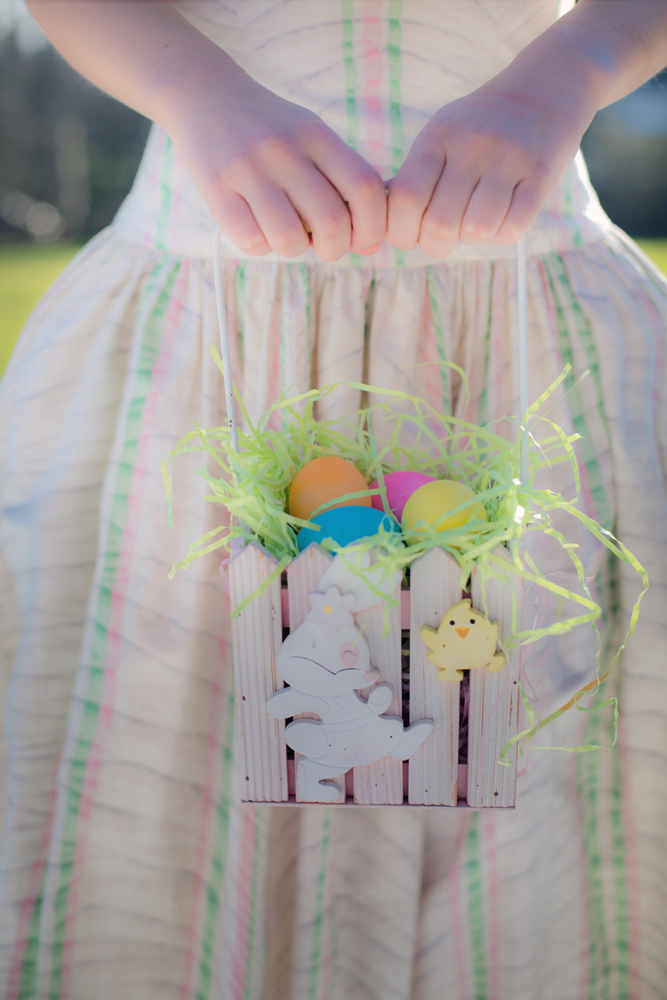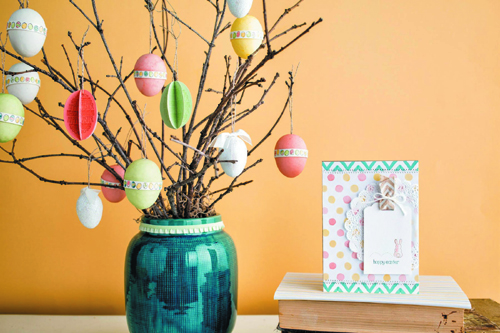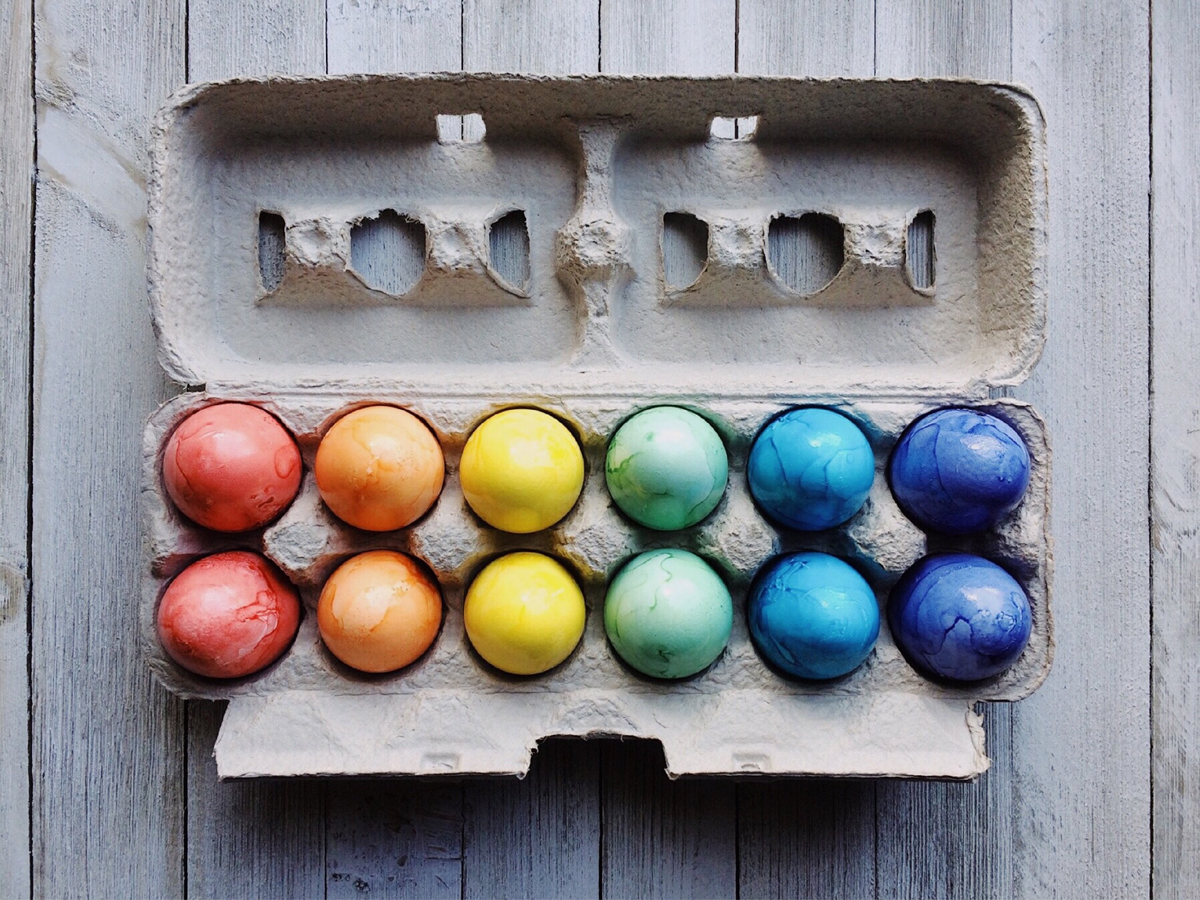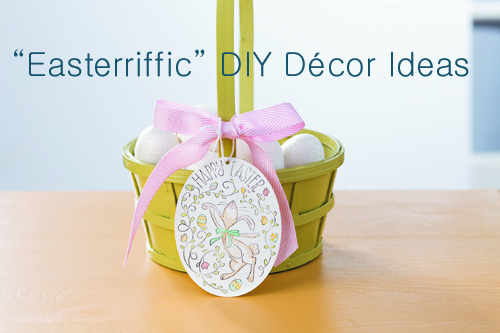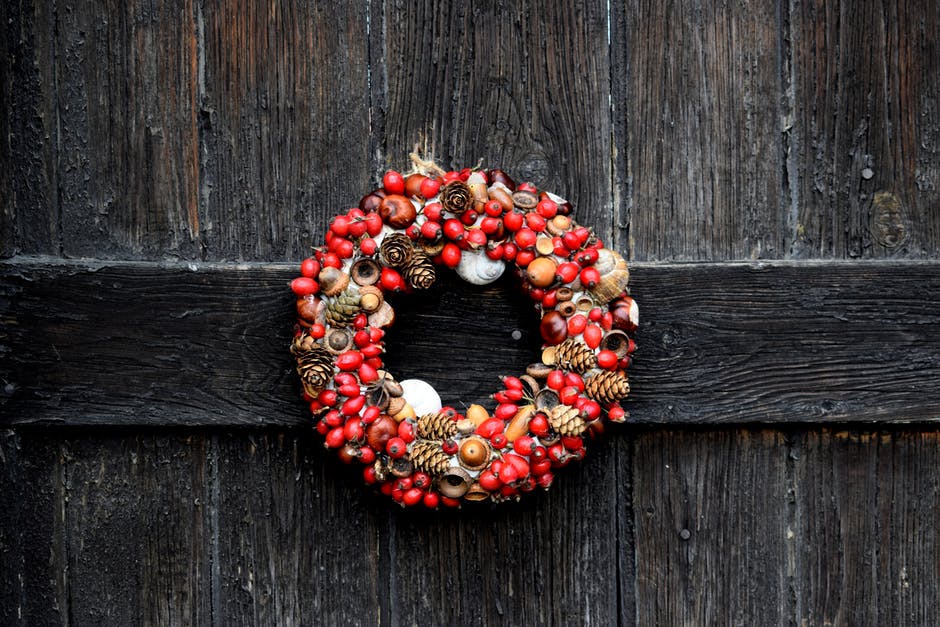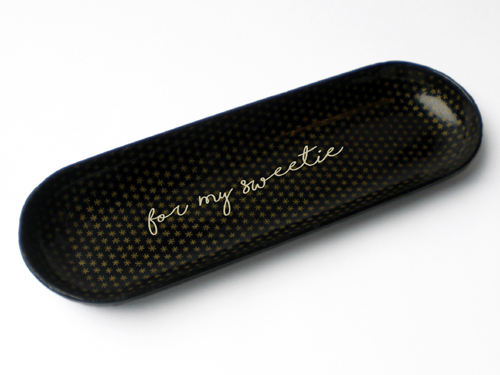Step-by-Step Guide to Make The Perfect Gift Basket for Easter
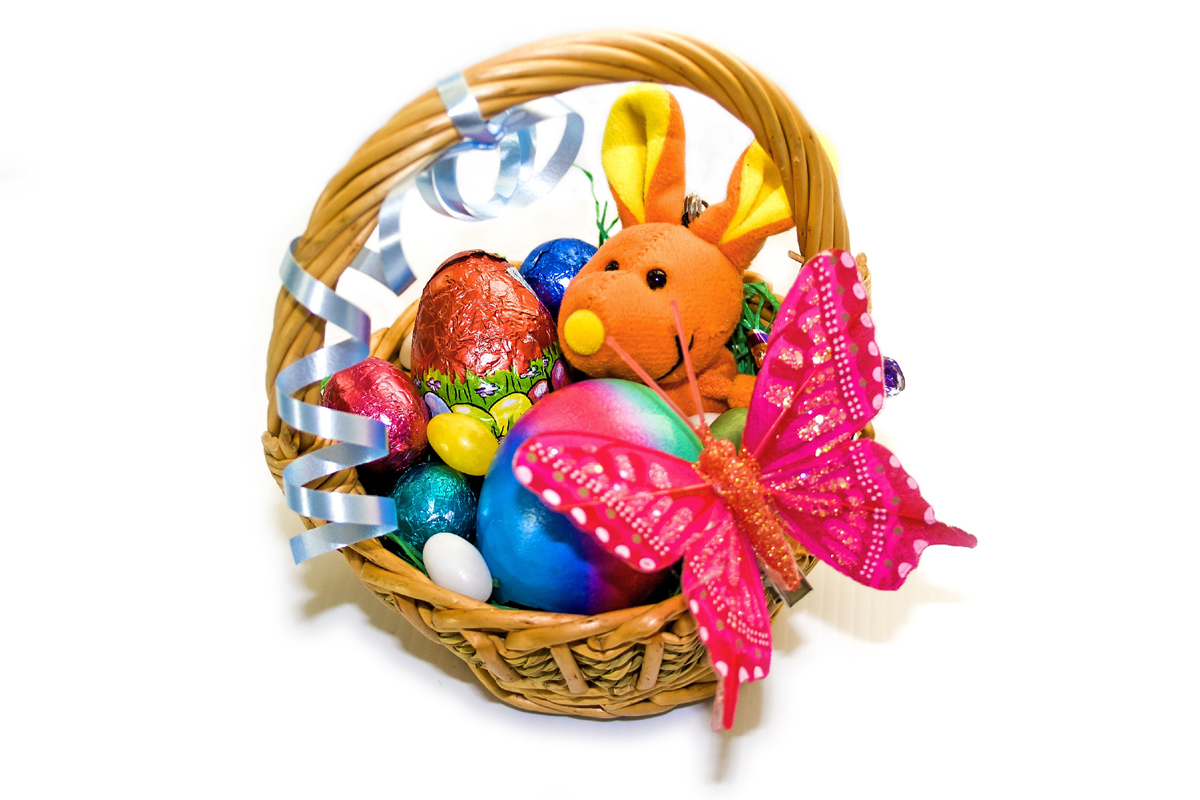
Easter is a time of fun and celebration in many places all over the world. It is also a time for giving the perfect gift baskets to special people in your life.
There is great fun in receiving such Easter gift baskets. But, who’s saying there can’t be fun in preparing these Easter gifts? This brief guide will walk you through five fun steps for assembling the best gift basket to give away this Easter.
Before buying your materials, you need to find out whom to give these baskets to. That way, you can estimate how many items or how much material to buy. You can also innovate and be creative. Doing so will not only make the steps fun for you but will also help you save on expenses.
As a bonus suggestion, why not involve your kids and other family members in making these Easter baskets? After all, the common custom all over the world is for families to give such gifts to other families. Although, in many other places, it is also acceptable for individuals to give Easter gift baskets to other individuals.
Read through the following steps first before buying your materials. This tutorial is not meant to be an absolute instruction manual. Instead, treat it as a guide to get you started.
Step 1 – Finding a Suitable Basket to Hold Your Easter Gifts
Your first destination is the basket to hold your gifts. Depending on the weight of the gift items you’ll be putting into it, the gift basket must be of adequate size and depth. It must be able to hold the weight of the gift items. The color is up to you. You can go for one-color baskets, or you can go for the fancier, multicolored ones. One-color baskets, however, tend to make your colorful gift items stand out. That’s why I prefer to use them than the multicolored ones.
Giving Easter gift baskets goes a long way back to ancient times, and the tradition wasn’t always about the resurrection of Jesus Christ. Instead, the tradition centered on spring.
The earliest record of such gift offerings are etched in stone—literally—on the walls of the ancient Persian city of Persepolis (ca. 550-330 BCE). Ancient Persians brought gifts to their king as offerings for the coming of spring, which also marks their New Year. Although the ancient Persians also offered colored eggs, they didn’t limit their gifts to eggs.
Several centuries later, Germanic peoples began the custom of offering gift baskets to one another in honor of the spring and dawn goddess known as Eostre or Ostara, from whose name we get our modern-day Easter. The practice of hunting for eggs and the myth of the Easter Hare (or Easter Rabbit), both of which were symbols of fertility and new life, also began during this time.
As the original ancient spring rituals began to spread, different people also adapted their own ways of celebrating spring. For instance, apart from painted eggs, people gave such Easter gifts as seedlings and live animals. In fact, in Christian history, several early churches started the tradition of bringing food (including eggs, of course), livestock, and seedlings to church on Easter day so that the priest could bless them. The belief was an ancient one: they needed the blessing for a bountiful harvest.
Thus, today, Easter gifts are usually placed in Easter gift baskets. The size of the basket doesn’t matter. The material doesn’t matter much either. The basket is just the container. But, if you prefer to give an Easter gift whose container can be used long after Easter, try to find a durable and multipurpose basket.
Step 2 – Stuffing The Easter Basket with Real or Artificial Grass
The idea here is to make your Easter gifts look as if they are sitting on a nest—particularly a hare’s nest (technically called a form). This notion comes from the old tradition of hunting for Easter eggs, the real purpose of which was to find the Easter Hare or Rabbit. According to tales and myths, the Easter Hare is the spring goddess’ precious animal and is supposed to lay colored eggs.
In reality, hares or rabbits don’t lay eggs at all. But, through some historical twist, the myth of the Easter Rabbit gives the animal egg-laying abilities—and colorful eggs at that!
If you want your Easter gift basket to be in keeping with the ancient traditions, stuff it with grass, preferably freshly cut crass. Although that might be a little bit messy, don’t you think so? And, real grass dries up quickly. So, the next best thing would be to use material that resembles grass. I’ve tried using shredded paper, which I colored with green dye. You can even go beyond green by using multicolored grass equivalents. Make sure you arrange the grass into some kind of nest or hare’s form.
Step 3 – Filling the Easter Gift Basket with Gift Items
The traditional items for an Easter basket are Easter bunnies and Easter eggs. You can go for the real thing, if you like—but you can’t expect the bunny to sit still until the basket is delivered to the recipient. There are many bunny- and egg-themed gift items that you can fill your basket with.
One really amusing thing that I’ve seen many of my friends do is to buy plastic Easter eggs, the kind that comes in assorted colors. Each plastic egg is hollow inside and can be opened at the middle. My friends would place small gift items—usually sweets or candy (especially chocolate, jelly beans, gummy bears, and gummy worms), food (e.g., biscuits, snack bars, and the like), small toys, and trinkets—inside the plastic eggs. They’d usually include a dozen eggs (in different colors) per basket and add a bunny to the mix. The bunny would look like it’s protecting the eggs inside the basket. (Although, if you are familiar with the custom’s roots, you’d know that the hare lays those eggs.) Most of my friends use stuffed bunnies, especially for Easter gift baskets for kids.
Or, you can go the unconventional route by filling the basket with other non-bunny, non-egg gifts. If you follow this route, you have two options: whether to stick to the traditional themes of Easter (i.e., spring time, abundance, and new life) or to give gift items that you believe might be meaningful and significant to the recipient. I have a handful of friends who fill their Easter gift baskets with fruits and food instead of inedible items. Another group of my friends fill their gift baskets with clothes—especially shirts, one for each member of the recipient family. My whole point in mentioning this is that you don’t need to restrict your Easter gifts to what is traditional or customary.
Step 4 – Wrapping The Basket in Transparent Plastic and/or Tying a Colored Ribbon
This is completely optional. The transparent plastic will protect your gift items from dust and dirt. The colored ribbon is just an additional decorative piece. Avoid overly flashy ribbons that will steal the scene; the gifts inside the basket are the focus, not the ribbon.
Step 5 – Attaching a Gift Tag or Greeting Card
Again, this step is completely optional, although I strongly recommend it. The gift tag will identify whom the Easter gift basket is for. Usually, writing the recipient’s name on the tag, along with a short greeting, will work just fine. Or, you could include a greeting card instead of a simple gift tag. You can use the greeting card to pour out all your Easter-related sentiments for the recipient.
Finally, if you really are at a loss for ideas, or if you are unsure about what gift to give to your loved ones this Easter, you can always resort to Easter gift cards. These are handy and practical gifts. You can give denominations as low as 15 cents to as high as $5,000. You can then email them, send them via Facebook, print them at home, or send them by postal mail to your recipients. Quite a time-saver, huh? If you prefer to give your gift recipients the flexibility and freedom to choose their own gifts, then gift cards may be the perfect gift for them this Easter.
The Author:
Elmer M.
Photo. S. Bartels
Source: AB

